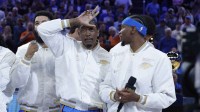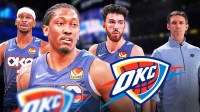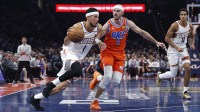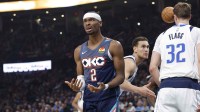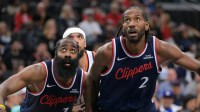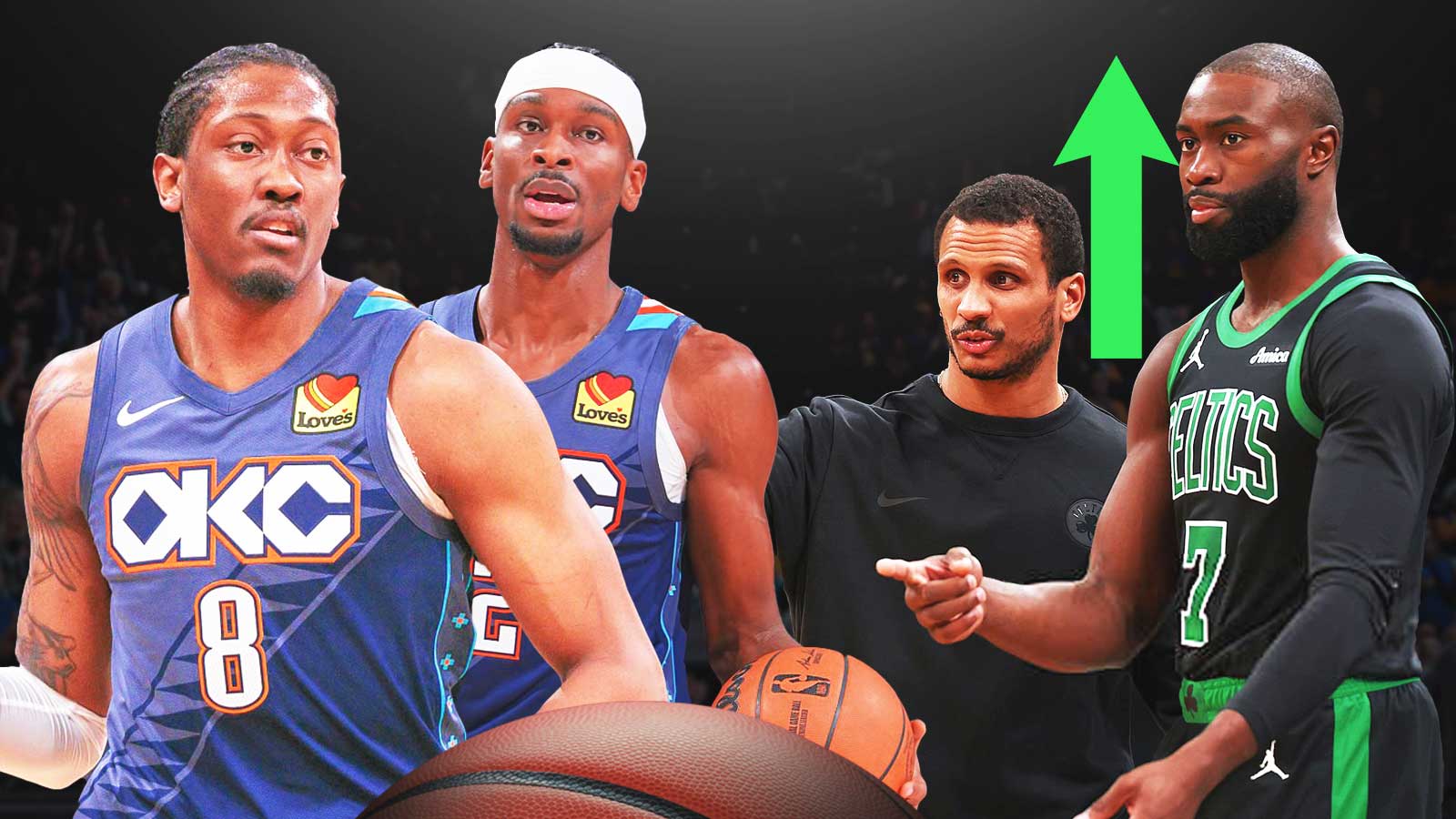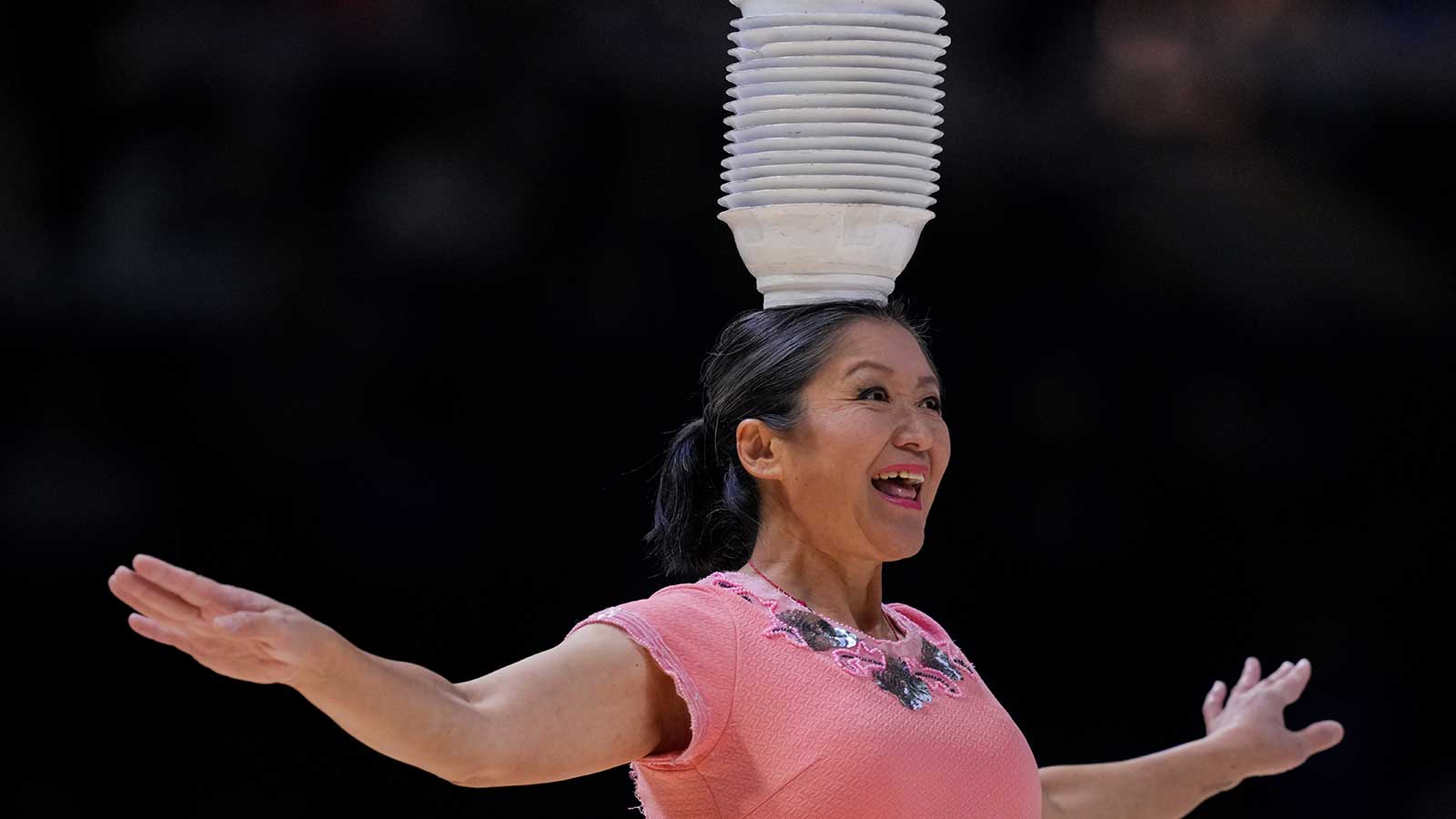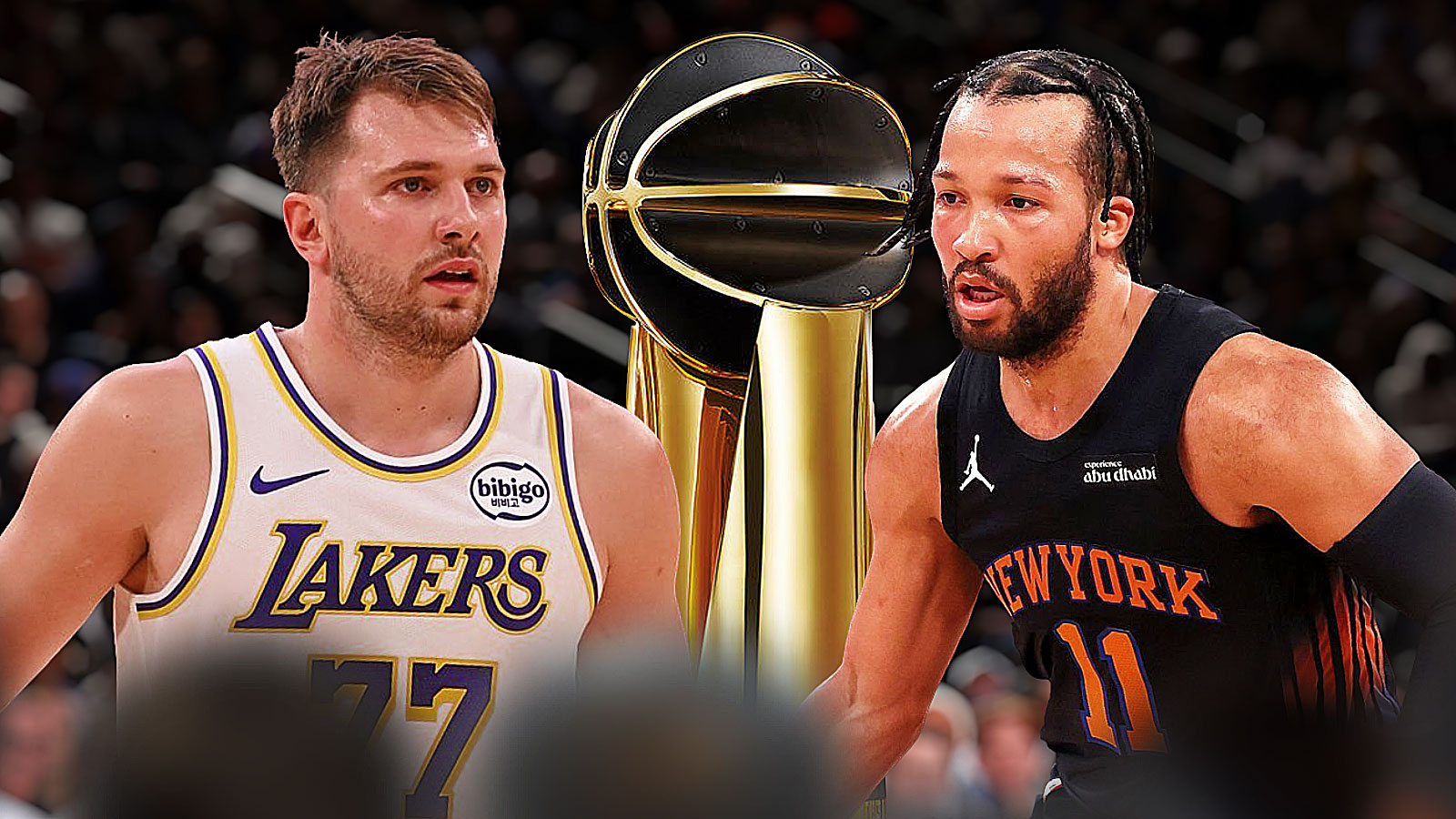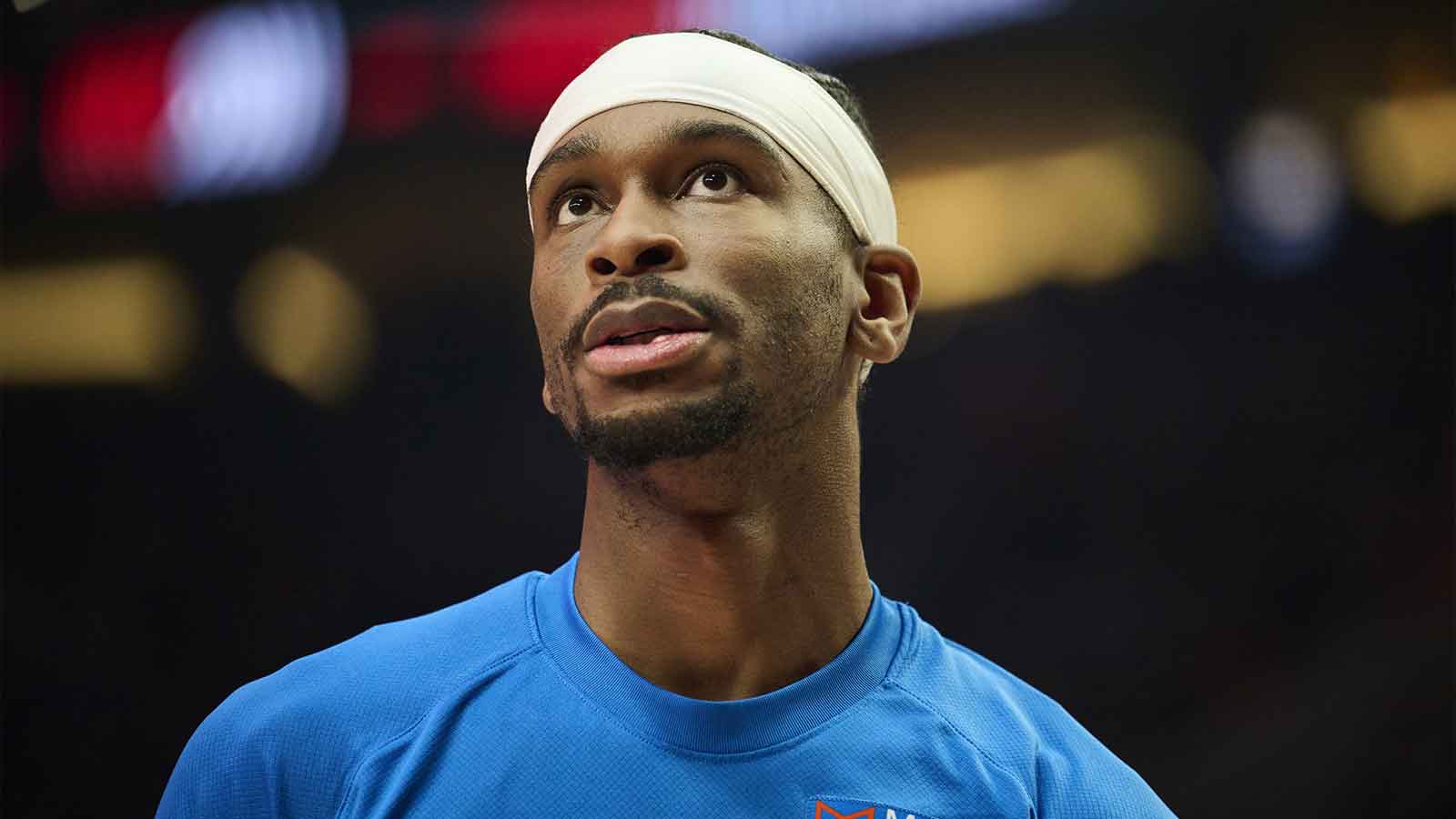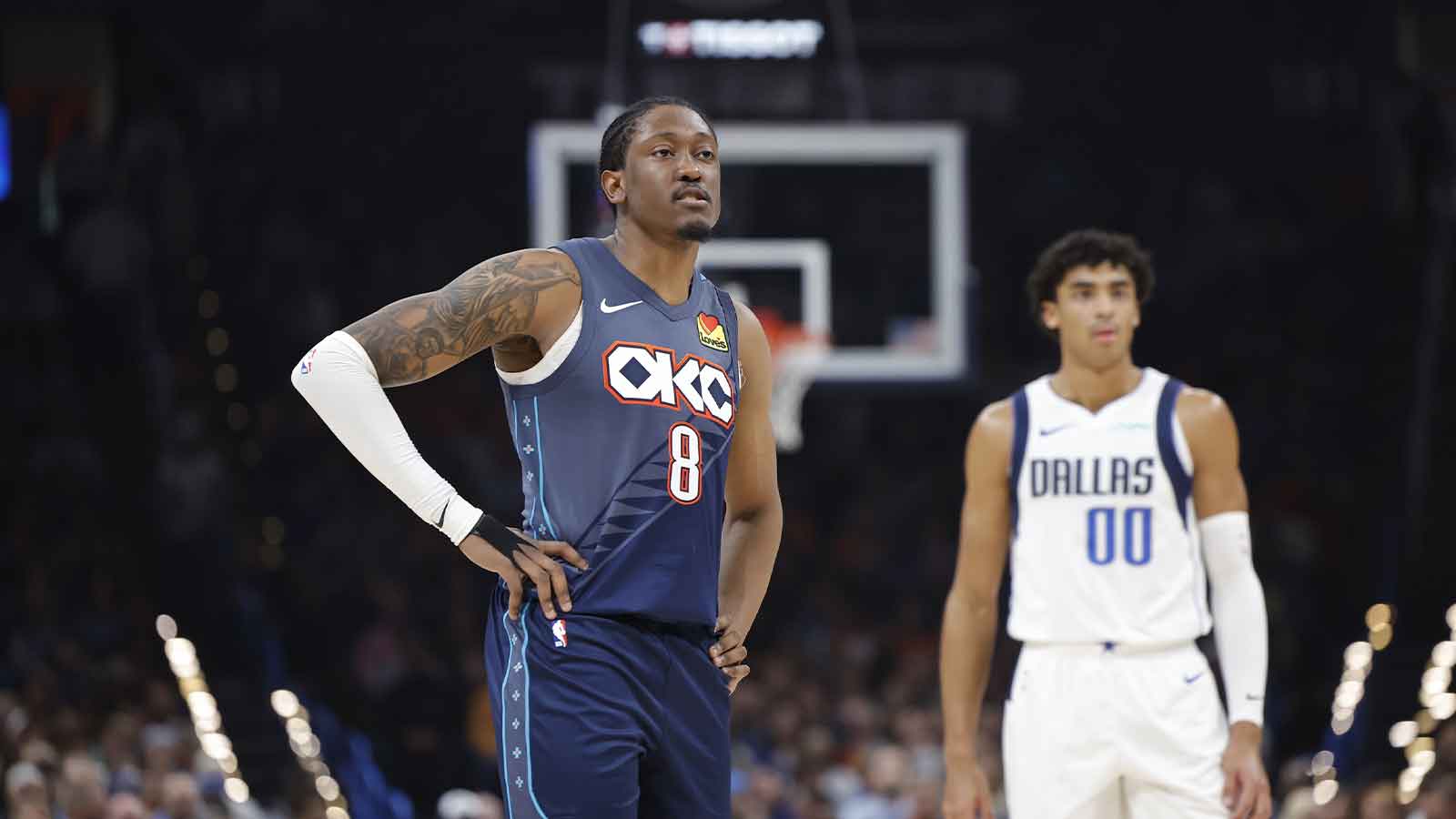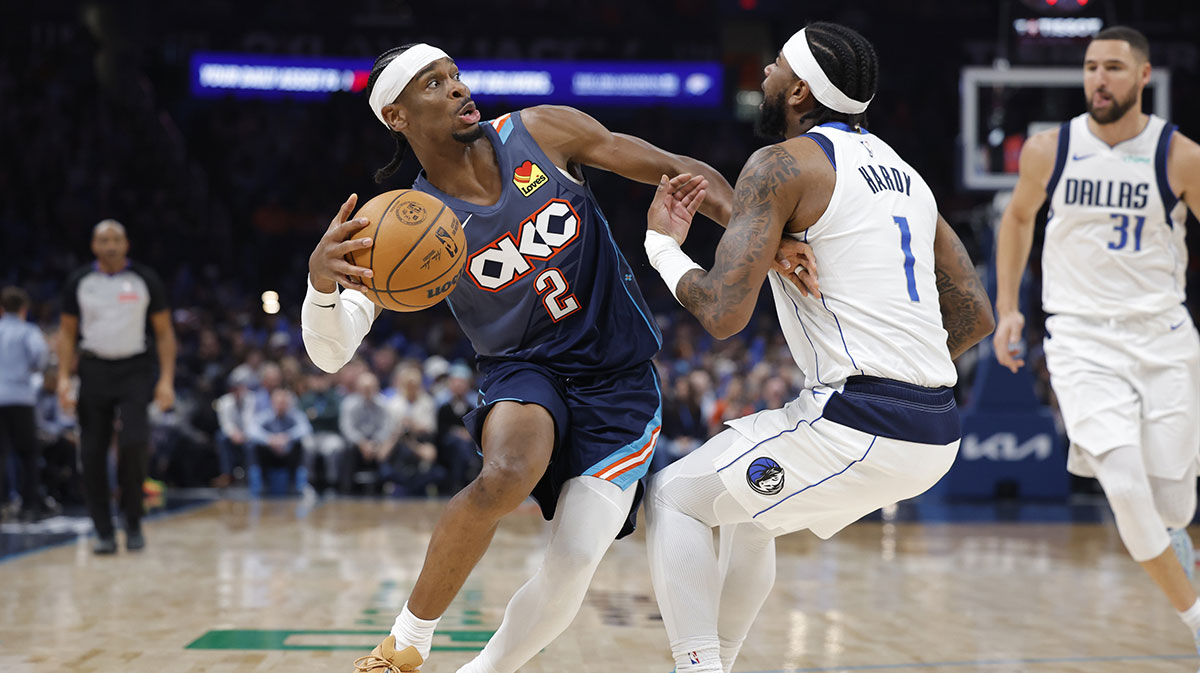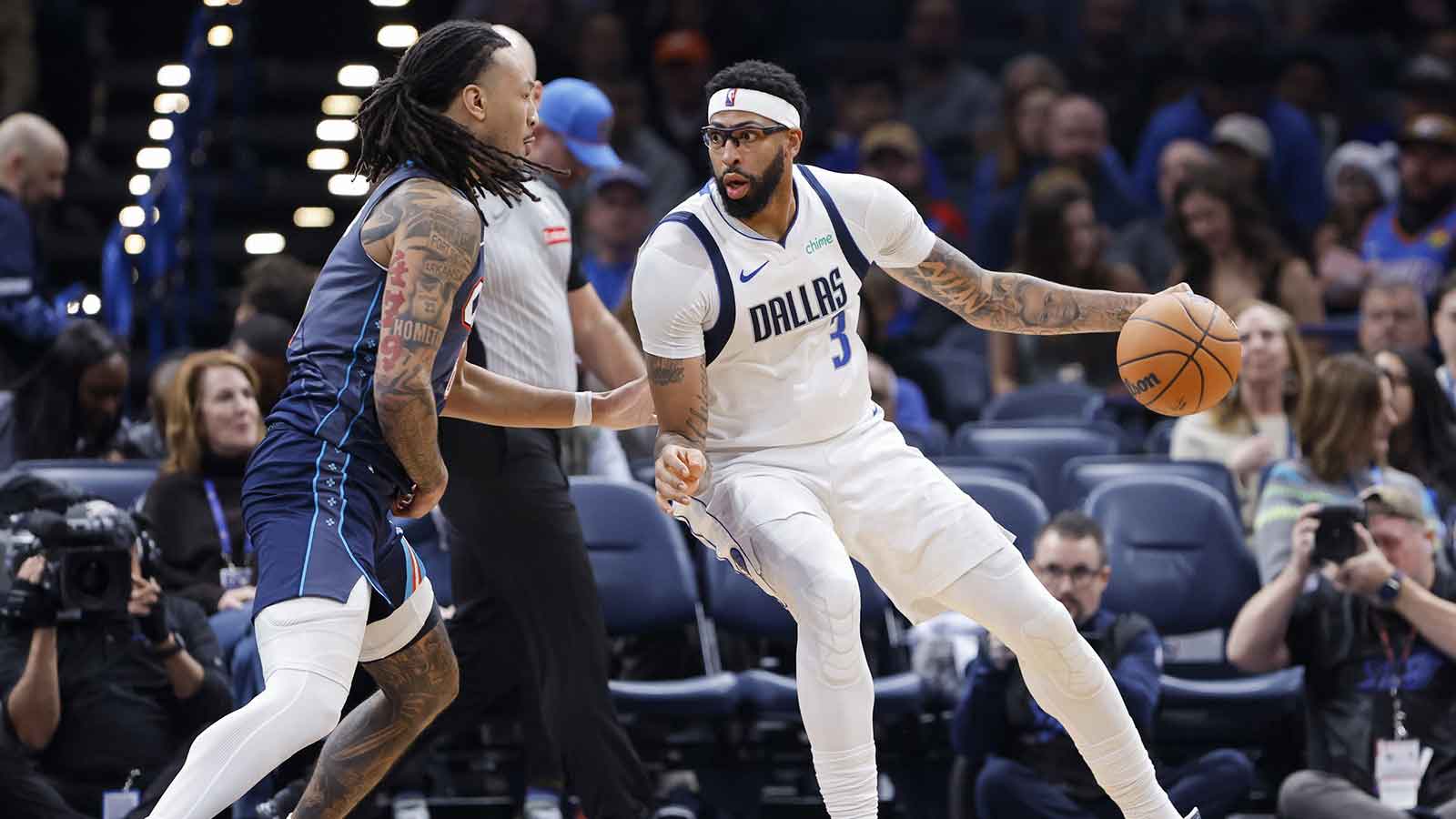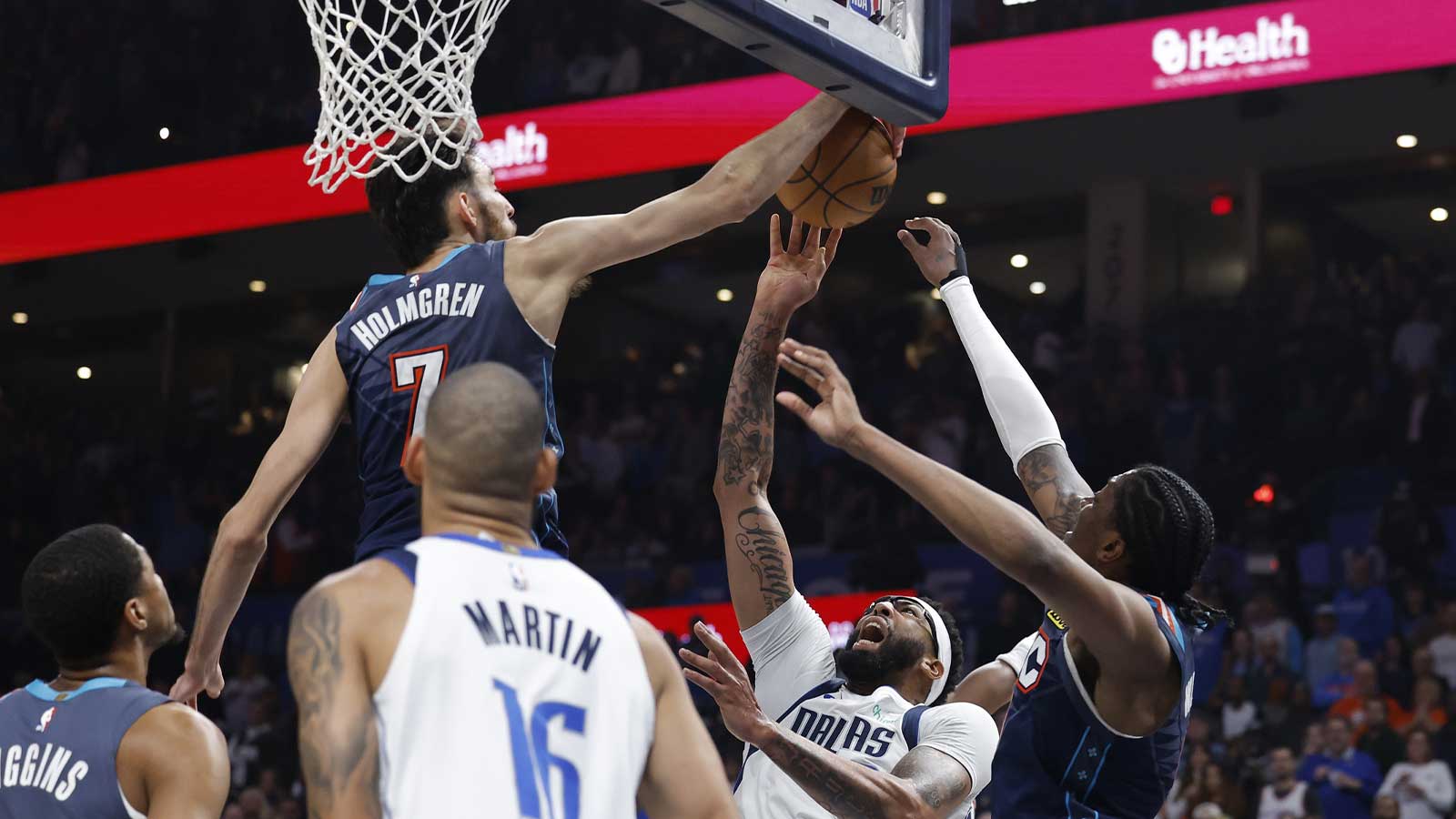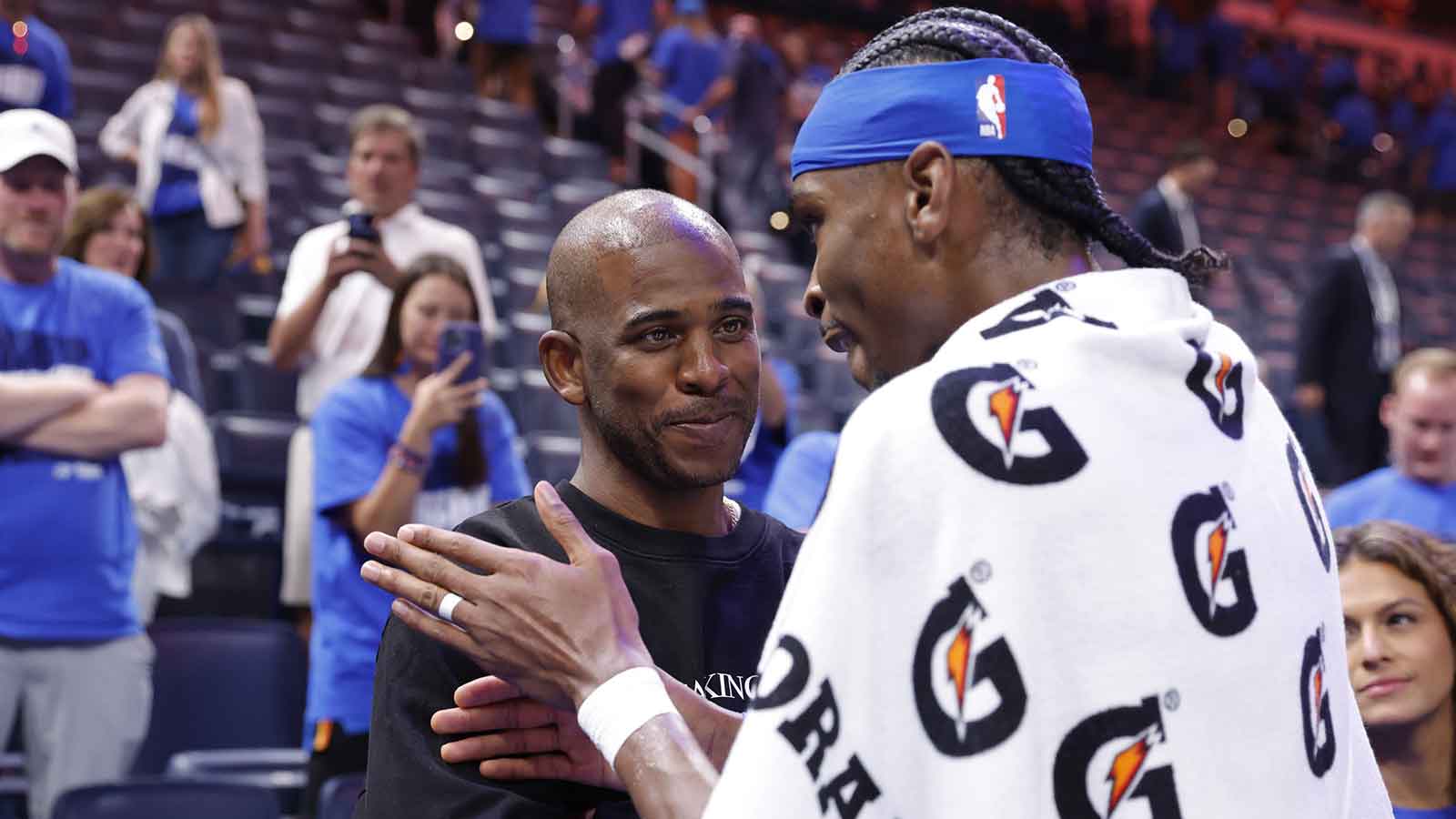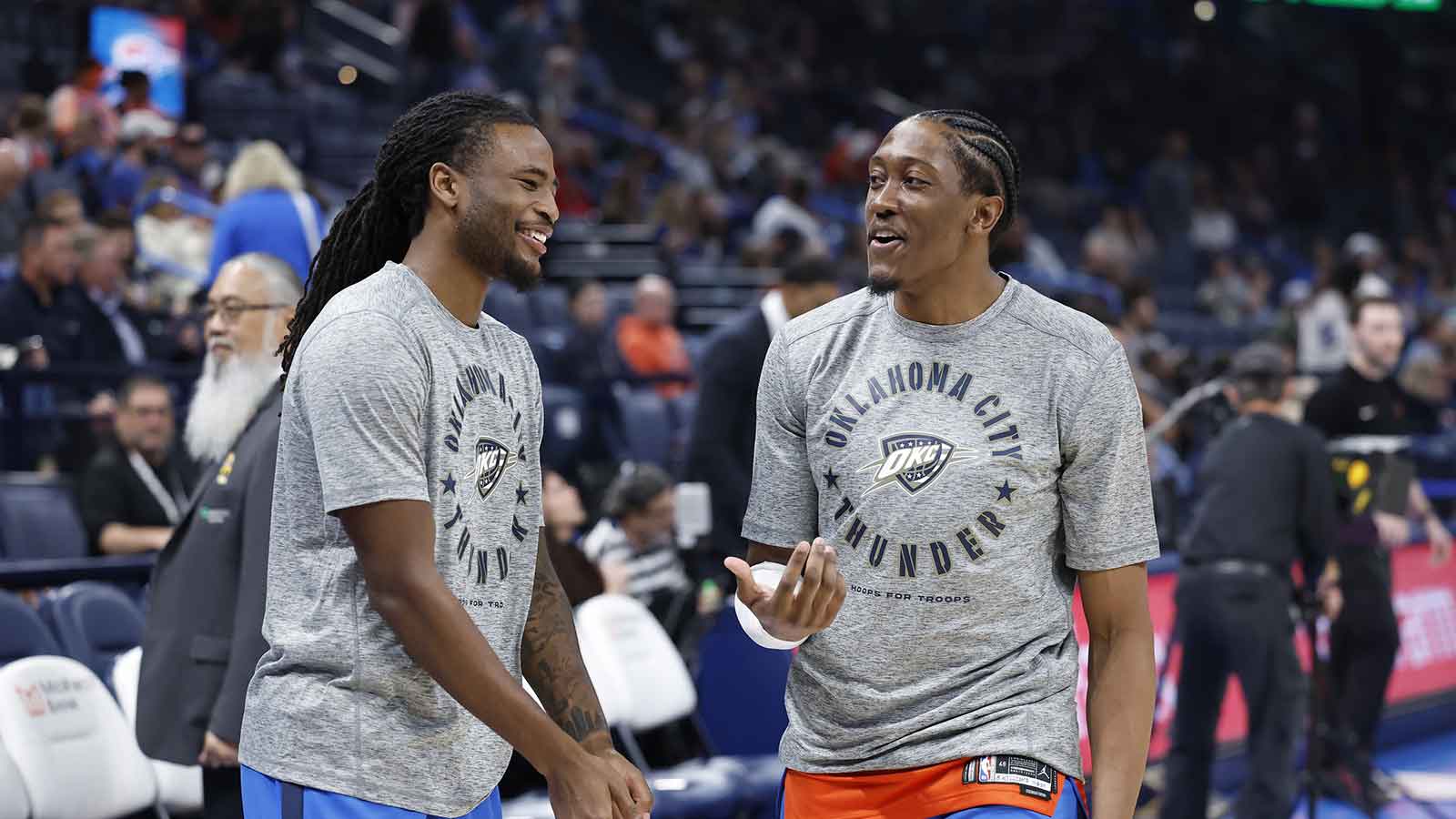The Oklahoma City Thunder are in trouble.
Russell Westbrook was a tour de force last season. After losing Kevin Durant, Westbrook led an on-the-fly makeshift roster to the playoffs, earning the MVP award. So, when General Manager Sam Presti pulled off a gargantuan summer, chapter two of “Life After Kevin Durant,” was supposed to be akin to a rock concert with Paul George and Carmelo Anthony joining Westbrook to soak up adulation and wins while challenging the Golden State Warriors for Western Conference supremacy.
After a dispiriting loss to the streaking Houston Rockets, the Thunder are now just 7-9 in their last 16 games. The defense has fallen apart, the offense is sluggish, disjointed, and grinding. Injuries have cost the Thunder, either losing players for games or suiting up diminished versions of themselves.
Heading into tonight’s game against the Phoenix Suns, the Thunder are 37-29, including 6-4 in their last 10 games. Oklahoma City stands seventh in a crowded Western Conference playoff race.
With just 16 games remaining, the Thunder are only 2.5 games out of the third-seeded Portland Trail Blazers. They’re also just 1.5 games up on the Denver Nuggets, who are currently out of the playoffs entirely.
This is a pivotal stretch of a pivotal season for Oklahoma City. With Paul George’s upcoming free agency looming, missing the playoffs is a possibility. And with the youthful Los Angeles Lakers suddenly resurgent, the onus is on Russell Westbrook to power Oklahoma City into the postseason and make the case for this team.

The crushing burdens on Russell Westbrook
For the Thunder to get back on track, Russell Westbrook has to reestablish his dominance of last year. The reigning MVP’s blazing rim attacks and scoring explosion are the backbones of what makes Oklahoma City dangerous.
When Westbrook is focused and aggressive, it unlocks the room for Steven Adams to bruise under the rim. This season, Adams is averaging a career-high 13.9 points per game. His 5.1 offensive rebounds per game are second only to Andre Drummond’s 5.2.
Nice hezi by Russ and find for the Adams Dunk pic.twitter.com/1zi0CeodDb
— BBALLBREAKDOWN (@bballbreakdown) December 14, 2017
Westbrook’s rim forays also give Paul George the airspace to bomb from deep. Through the All-Star break, George was shooting a career-high 43.1 percent from three on a career-high 7.7 attempts per game.
Over a 30-game stretch from early December through the end of January, Westbrook was slapping up almost 28-10-11 a night on 46.7 percent shooting as the Thunder ripped off 22 wins. A productive Westbrook leads to good things for Oklahoma City.
Unfortunately, injuries haven’t been kind to the Thunder.
Westbrook tweaked his ankle in a 20-point rout of the Warriors. He’d miss the next two games and, judging from his lack of aggression, the injury lingered. His shots per game dropped from 22.4 to 14.8 in five games post-injury. Over that time, his shooting dropped from 48 percent since the start of 2018 to 32 percent.
Maintaining elite offensive production is essential to offset a defense that has diminished since losing its Defensive Player of the Year candidate.
Andre Roberson’s lost Defensive Player of the Year season

When Andre Roberson was lost for the season with a ruptured patella tendon on Jan. 27, Oklahoma City was fifth (103.1) in defensive efficiency. Since then, that 103.1 has ballooned to 109.2, dropping the Thunder to 21st in defense over that span.
On a roster loaded with long, speedy athletes, Roberson was Oklahoma City’s defensive wrecking ball. With the size, speed, and strength, Roberson could guard bigs, smalls, and everything in between.
There are plenty of examples of this. Here’s Roberson making James Harden’s life hell as the Thunder defeated the Rockets in December:
Roberson’s quick-twitch instincts also covered for teammates rotational mistakes.
The blueprint of this team was to be a swarming defense capable of disassembling the Warriors or Rockets’ passing attacks while capitalizing on the individual scoring talent of their three stars.
With relative neophytes Josh Huestis and Alex Abrines (and rookie pogo stick Terrance Ferguson) filling in, the defense has become unraveled and teams are taking advantage.
Worse, teams have begun to lock in on Carmelo Anthony, finding the path of least resistance through Oklahoma City’s aging scorer.
Melo is frustrating to watch on defense. The little things he’s not good at. Half a second off and it’s a corner 3 in his eye pic.twitter.com/VwmvTVvC5I
— BBALLBREAKDOWN (@bballbreakdown) February 14, 2018
Carmelo Anthony’s relapse

The fly in the ointment might be Carmelo Anthony. In his 15th season, Melo is now too slow to play small forwards and too small to be a plus defender at power forward.
Worse, his awareness can lag, compounding his fading man-to-man defense by being a poor positional defender:
And Melo STILL didn’t know…. pic.twitter.com/uliqtJcsyM
— BBALLBREAKDOWN (@bballbreakdown) January 18, 2018
And if his recent play is a sign, he’s now too offensively diminished to be a net positive for the Thunder as currently constructed. He’s setting career-lows in points (17.0), assists (1.3), field goal percentage (40.8), and usage (24.2) per Basketball-Reference.
Too often, the Thunder offense grinds to a halt as Melo hunts for comfortable scoring opportunities. After proclaiming acceptance of a new role back in December, the “new” Anthony reverted back to his old ways.
Fantastic defense on Melo to force the brick, but LOOK AT STEVEN ADAMS pic.twitter.com/IQQchm5K2x
— BBALLBREAKDOWN (@bballbreakdown) December 14, 2017
The stabilizing presence of Steven Adams

Steven Adams has been the pillar of stability in the midst of a choppy, chaotic season. He’s averaging career highs in points (13.9), rebounds (9.0), steals (1.3), Player Efficiency Rating (20.9), and usage (16.4).
Adams seems to magically appear in the dunker’s spot for pocket passes and lobs for dunks. When not directly involved in ball screens, he’s constantly lurking the baseline or rumbling mid-lane for half-hook flip shots or simple, sturdy post finishes.
On a roster comprised of three players who need the ball in their hands, Adams excels at bringing the dirty, behind-the-scenes work front and center.
But without the defensive prowess of Roberson patrolling the court with him, Adams’ defensive impact is like the sound of one hand clapping.
There’s only so much defensive malfeasance from Anthony, Abrines, and Westbrook the giant Kiwi can contend with.
The stretch run

After a toothless stretch after his return from injury, Westbrook has looked more Westbrookian. In games over the Mavericks, Suns, Blazers, and Rockets he’s averaged 33.8 points on 50 percent shooting.
But signs are showing the burdens he’s carried may be wearing on him. Fatigue might be an issue for the seemingly indefatigable Westbrook. He’s scoring at will again, but his assists are down (7.0 per game during this stretch, down from 10.4 on the year) while his turnovers have skyrocketed from a manageable 4.7 to 7.8 per game.
With the margin of error already scalpel thin, the Thunder are going to need Westbrook to do a better job of taking care of the ball. He's on pace to become the all-time leader in turnovers after 10 seasons with little to show for it.

Six of their remaining 16 games are against Western Conference teams ahead of them in the standings. Four others are against bottom feeders (Phoenix, Sacramento, Atlanta and Memphis have a combined 77 wins).
With Jimmy Butler shelved and the San Antonio Spurs missing Kawhi Leonard and a hampered LaMarcus Aldridge, now is the time for the Thunder to make hay.

Russell Westbrook is signed with the Thunder for the long haul. The rest of the roster has a much shorter window. A strong finish and meaningful playoffs showing (pushing the Rockets or Warriors to six games) will go a long way towards forgetting the disappointment of the Thunder’s regular season. A first-round flameout or missing the playoffs entirely? That would put Sam Presti under the microscope and leave the Thunder with a summer of serious questions to address.


